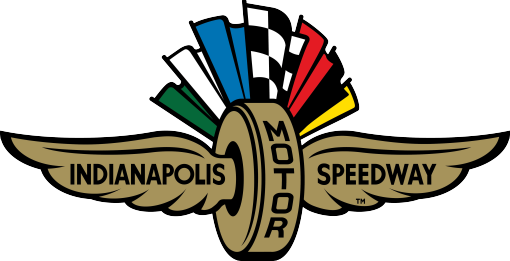The Lausitzring saw the first race over land for the 2017 season and next week the season finale takes place at the Indianapolis Motor Speedway. This means the operational teams behind the towering pylons have to find a different gear – and fast.
"There are a lot of differences when you move from water to land."
After six races over rivers, bays and even the sea, Peter Maaskant, the Technical Team Captain for Racetrack Operations at the Red Bull Air Race, is explaining what it's like to set up a racetrack on land – specifically, in a speedway setting. "When the racetrack is on water, everything is moving because the pylons are on barges. We have to work with anchors and steel wires to keep everything in place," Maaskant explains. "But land locations have their own challenges."
Holger Leprich, the Team Captain for the Airgators who are responsible for inflating the Air Gates and keeping them in perfect condition despite wind, weather and the occasional pylon hit, elaborates. "In a water location, when we have waves, wind and rain, then it's harder for working, but otherwise it's a totally flat surface. On land that's not the case," Leprich states. "Here at the Lausitzring, the surface looks really flat, but it isn't. You have two- or three-meter depressions, and you have to address that before you can set up an Air Gate."
Maaskant adds, "To make sure that the left and right sides of the Air Gates are even, we build scaffolding constructions to level them."
Those structures can get quite large at speedways, where the Air Gates must be high enough to ensure safe clearance of permanent elevated structures such as grandstands, fences and light poles throughout the pilots' trajectories.
The highest base structure ever created for an Air Gate was at Indianapolis last season: 17 meters for the Start/Finish Gate. Whenever one of its pylons was hit, the Airgators had to run up six flights of stairs at top speed, carrying six to seven kilos (13 to 15 pounds) of Air Gate material or more, then execute the delicate procedure of zipping in the fresh pylon piece while breathing heavily from the exertion.
They hurry because speed is of the essence to keep the race flowing, and the Airgators are a well-oiled machine: three teams of five people each are in strategic positions with a pickup truck, while Leprich coordinates, relaying information from the Tower to his team and vice versa.
"The objective is no more than 25 seconds to the pylon and 25 seconds back. And ideally it takes 90 to 120 seconds to replace the pylon," Leprich relates. "So if we're dealing with a normal pylon hit at a land location, from the signal that we are allowed to go in until I give the call that we are out, it's two minutes, thirty seconds or three minutes."
Over the years, the Airgators have also become race tacticians of a sort. By looking at the angles of the track, they can predict which portions will be most tricky for the pilots – and busiest for themselves. They also have a firsthand understanding of the turbulence that speedways can create as the wind blows into their stadium-style settings.
"On water you have one wind direction and there's nothing to change it. In Indy the wind in the infield can be totally different than what the wind meters say externally, because of all the buildings around. Sometimes they funnel the winds to be roughly double what's measured outside," Leprich notes. "But we always keep the pylon pressure set to stand the maximum wind, whether we're over land or water. The conditions can change in minutes, so we have to be ready for anything."
It's a big job and Maaskant reveals that planning for this weekend's race started a year in advance. But things get busiest when racetime approaches. "Most of the guys have been doing this for five or six seasons," Leprich shares. "Of course sometimes, after 40 days on the road, we're looking forward to going home, but it's our life and we love it."
You will be able to see the Airgators working on pylons in Indianapolis on 14-15 October – reserve your tickets today!
Setting Up a Land-Based Red Bull Air Race Track

What changes for racetrack operations when the race is on land?
Latest News
View All News
Future Sprint Car Stars To Race in July at The Dirt Track at IMS
Owen Larson (photo, center), the 9-year-old son of superstar Kyle Larson, will race a Junior Sprint car on The Dirt Track at IMS.

Patriotic Flair Kicks Off Month of May Ticket Renewals for 2026
The renewal deadline is Monday, June 16.

109th Indianapolis 500 Post-Race Notes
A look at the milestones set Sunday in the 109th edition of "The Greatest Spectacle in Racing" at IMS.
